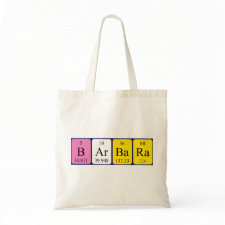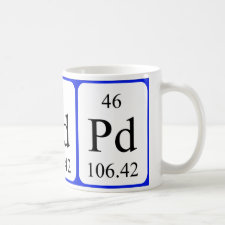
Authors: Godlewska-Zylkiewicz B, Lesniewska B, Wilczewska AZ
Article Title: Evaluation of ion imprinted polymers for the solid phase extraction and electrothermal atomic absorption spectrometric determination of palladium in environmental samples.
Publication date: 2013
Journal: International Journal of Environmental Analytical Chemistry
Volume: 93
Issue: (5)
Page numbers: 483-498.
DOI: 10.1080/03067319.2012.656096
Abstract: The complexes of Pd(II) with ammonium pyrrolidinedithiocarbamate (APDC), N,N'-diethylthiourea (DET) and dimethylglyoxime (DMG) were prepared and imprinted into a polymeric network. The ion-imprinted polymers (IIPs) were synthesized by copolymerization of 4-vinylpyridine (VP) and styrene as functional monomers and divinylbenzene as a cross-linking agent in the presence of 2,2-azo-bis-isobutyronitrile as an initiator. The influence of sample volume, pH and flow rate on the extraction efficiency of Pd was studied under dynamic conditions. Pd(II) could be quantitatively retained on each of the studied sorbents at the pH range of 0.5 to 1.0, and eluted with an acidic solution of thiourea. The polymer with the imprinted Pd-DET-VP complex offered the highest selectivity for Pd(II) over certain matrix components, such as Pt(IV), Ni(II) and Cu(II). The low sample pH is an important advantage of the separation procedure, as it allows an effective separation of Pd(II) from complex environmental matrices. The developed separation method was successfully applied to the electrothermal atomic absorption spectrometric (ETAAS) determination of trace amounts of Pd in tap and river water, grass, and certified platinum ore (CRM SARM 7 and SARM 76) samples with reproducibility below 6.5%. The detection limit for Pd(II) obtained by ETAAS after the pre-concentration on Pd-DET-VP polymer was 0.012 ng mL-1 for 75 mL sample volume
Template and target information: palladium ion, Pd(II)
Author keywords: palladium, Ion-imprinted polymers, separation, pre-concentration, Graphite furnace atomic absorption spectrometry, environmental samples



Join the Society for Molecular Imprinting

New items RSS feed
Sign-up for e-mail updates:
Choose between receiving an occasional newsletter or more frequent e-mail alerts.
Click here to go to the sign-up page.
Is your name elemental or peptidic? Enter your name and find out by clicking either of the buttons below!
Other products you may like:
 MIPdatabase
MIPdatabase









